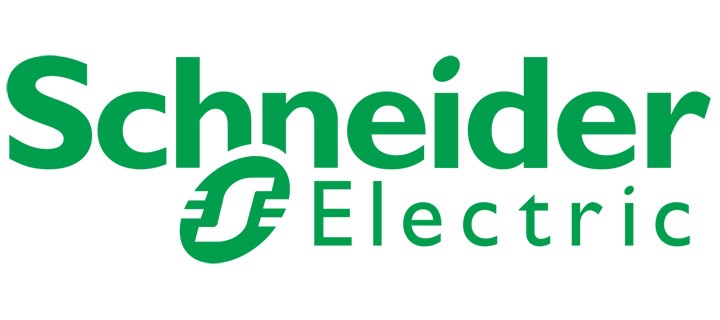According to recent studies, the cost of doing business in the Philippines is significantly higher compared to other Southeast Asian (SEA) nations because of one key utility: Energy. The cost of electricity in the Philippines is the highest in the SEA region and, given the way inflation works, is highly unlikely to become cheaper any time soon.
While it may seem this factor might drive most businesses away from the country, the prospect of an English-speaking workforce and the relatively lower cost of labor remains an attractive incentive which makes the price of power worth it. In fact, there has been a significant influx of investments and foreign businesses, especially in retail, entertainment, and food, in the past two years. But that doesn’t mean that these businesses are just rolling with the punches when it comes to the cost of energy. There are smarter ways to manage a company’s energy cost, and some of them are already on it.
According to energy management experts, proper energy management is more than enough to mitigate the supposed cost of energy. Just the simple act of turning off a light that is not in use in the office could help save on the cost of electricity. If everyone in the office was aware of their energy usage and behaved responsibly, the savings could even go up to 30%.
However effective a building full of energy-conscious office workers sounds; in practice, it’s a very difficult state to achieve given many other concerns that may demand their attention. This is why it is more cost-effective to install an energy management solution, like Schneider Electric’s SmartStruxure. One part of this solution allows building management to control almost every switch in every room from a centralized remote location. For example, if someone leaves a light on, or worse, an air-conditioner operating way after office hours, SmartStruxure can be programmed to automatically shut down the lights and air conditioning when there is no one in the room to use these facilities.
The system also helps in monitoring, controlling improving power quality and energy usage. It determines which areas of the building are operating at peak efficiency, and which ones are not, allowing management to adjust their energy usage accordingly. It also prolongs the life of electro-mechanical and building equipment like building heating, ventilation, and airconditioning (HVAC), elevators and lighting.
In the Philippines, hotels and casinos, establishments that incur huge electrical costs because of the demand for continuous 24-hour power for their lighting and building facilities, have already installed SmartStruxure. Newer fashion retail establishments, especially ones that have multiple floors that require the use of the own escalators, are also using the system.
Smaller businesses can also enjoy the benefits of SmartStruxure because there are different solutions that can be scaled to each building’s needs —such as SmartStruxure for large commercial and industrial buildings, and SmartStruxure Lite for small offices, residential homes, hotel rooms, schools, and retail establishments.
With SmartStruxure, a building can minimize the cost of making the most of its energy.
For more information on Energy Management, or SmartStruxure and Smartstruxure Lite, you may visit www.schneider-electric.com.ph
Liked this post? Follow us on Facebook.
About Schneider Electric
As a global specialist in energy management and automation with operations in more than 100 countries, Schneider Electric offers integrated solutions across multiple market segments, including leadership positions in Non-residential & Residential Buildings, Industries & Machines Manufacturers, Utilities & Infrastructure and Data Centers & Networks. Focused on making energy safe, reliable, efficient, productive and green, the Group’s 170,000 employees achieved revenues of 25 billion euros in 2014, through an active commitment to help individuals and organizations make the most of their energy.


